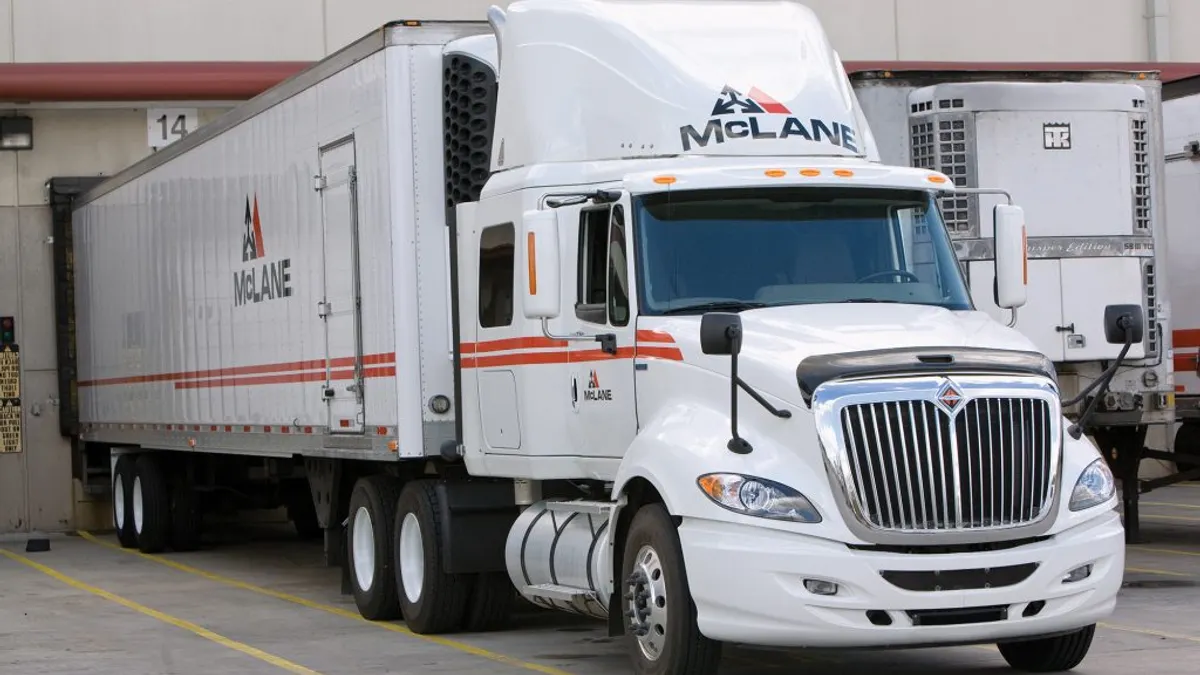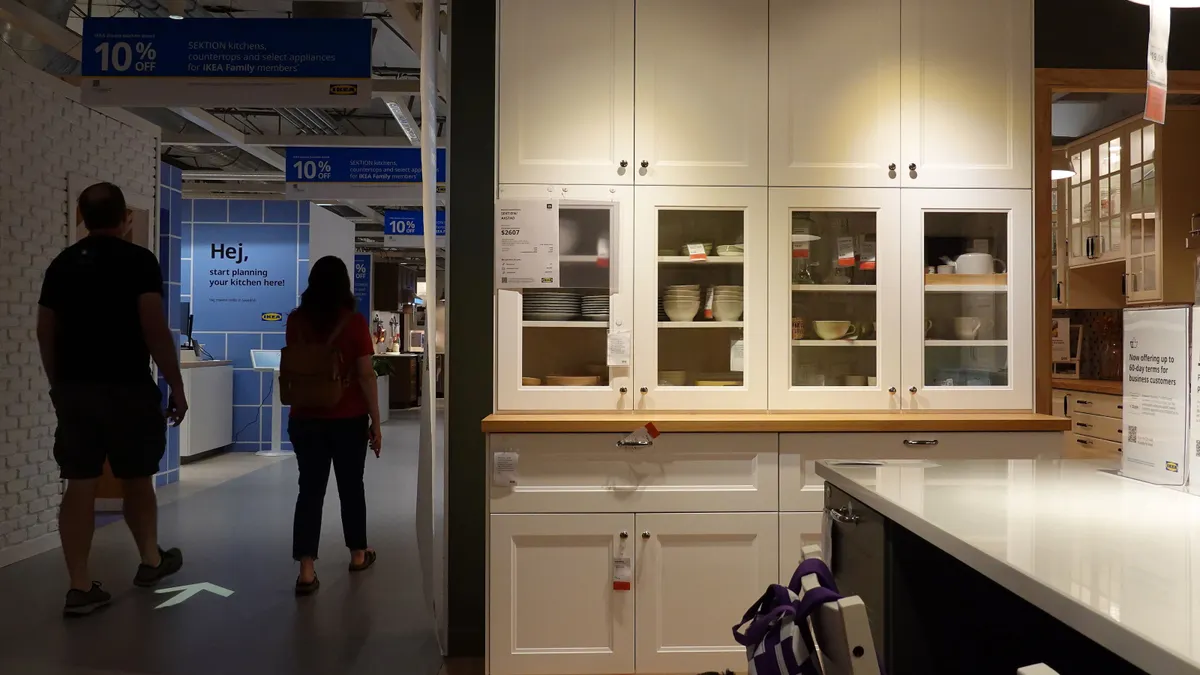Retailers can see "considerable savings" if they unpack case packs (packages shipped by the supplier) into the individual consumer units at a distribution center before shipping the product to the final store, according to a 2017 paper published in the European Journal of Operations Research that focused on grocery retailers in the Netherlands and Germany. The amount of savings will vary depending on the SKU, and they are even greater if a model is used to determine the "optimal solution" for a given retailer.
The paper examined two different scenarios for a given SKU:
- Stores are sent case packs of the SKU and unload them onsite.
- Store are sent a custom number of consumer-level packaging units based on their inventory needs.
The researchers developed a model to determine the best unpacking location for a given SKU. This was then tested in a "hypothetical environment" that used data from a European retailer (referred to as Delta in the study), information on its current operations practice and cost data from a second retailer. When the researchers tested their model in the hypothetical environment, they found a 5.3% drop in the overall cost when the retailer moved from its current operating model to what the paper referred to as the "optimal solution."
The optimal solution in this paper was a model in which all stores follow the same unpacking method for a given product (either delivering case packs to the store or unpacking it into consumer units at the distribution center) depending on what is the lowest cost for all stores. Retailers must determine the lowest cost option for each product.
Marginally more cost savings were seen if each store used the unpacking method that reduced its individual cost (as opposed to the cost to the entire retailer) but this can be especially hard to put in place at the distribution center level, Rob Broekmeulen, the paper's author and assistant professor at the Eindhoven University of Technology, told Supply Chain Dive in an interview.

The problem the researchers were trying to deal with was handling costs at the store in the backroom and shelving. They determined that handling cost at the store was one of the most expensive parts of the supply chain, so they were looking for a way to make shelf stacking more efficient.
"One of the ideas for shelf stacking was that the case pack size, so how it was handled in the store, played a very important role," Broekmeulen said.
Sometimes stores benefit from a case pack that is larger than what the supplier provides, but sometimes the store wants it to be smaller. It all depends on the product and the size of the retailer, but suppliers tend to be unwilling to negotiate on size. So if retailers want to change it, they have to do so at the distribution center, Broekmeulen explained.
The savings seen from unpacking the case pack at the distribution center "are a result of fewer backroom operations [at the store] and the shifting of inefficient manual operations from the store to the technically supported operations in the DC," the paper concluded. This is thanks to smaller order sizes that result in lower holding costs, lower backroom costs and lower unpacking costs, but the picking cost does go up, Broekmeulen explained.
While the models show savings, putting changes into practice is the hard part, Pat Fitzpatrick, the president of Atlanta Retail Consulting, told Supply Chain Dive in an interview.
"I don't know of any organizations myself that are interested in making any kind of wholesale changes to the type of a distribution strategy they currently have," Fitzpatrick said. Breaking apart case packs at the distribution center can increase the labor cost in the facility and result in damaged items, he explained.
"Now from an inventory control and optimization perspective, it would make great sense to only send the right amount of inventory to the store based on their rate of sale and their current levels and so forth," Fitzpatrick said. "But from a practical point of view with the supply chains that exist today, that really just doesn't work because the labor and the management attention required to make all that happen would be excessive."
Many distribution networks want to cross-dock as much as possible. This means inventory comes in one bay door and is loaded straight into another truck to deliver to a store. Adding a step to break down and repack the inventory would interrupt and change this process and would require a new area in the distribution center to facilitate the action, he said.
Stores would also have to consider how to store the inventory once it's in the backroom at the final location and how it will be transferred to the floor when its ready, he said.
"I don't know of any organizations myself that are interested in making any kind of wholesale changes to the type of a distribution strategy they currently have."

Pat Fitzpatrick
President, Atlanta Retail Consulting
There are some situations where this makes sense, Fitzpatrick said. He pointed to slow-moving inventory. A hardware store might not sell a lot of screwdrivers, so it will break open the case pack at the distribution center. But this requires having workers that can pick the items as they're needed and replenish them at the distribution center when the store begins to run low. The model created by Broekmeulen and his co-authors is meant to determine which of these SKUs should be unpacked at the DC and which should be shipped to the store where they will be unpacked.
Broekmeulen agreed this can be difficult to put into place at the DC level, especially if a company uses the lower bound method where each store receives the items based on what will reduce their individual cost. Creating different case pack sizes increases the assortment the DC has to handle, which can increase SKUs and travel costs, he said.
This is something the paper notes in its conclusion, stating "Of course, DC unpacking and picking capacities have to be available to realize these savings." More than 50% of the potential savings could be achieved by unpacking just the most favorable 10% of SKUs found using the model in the paper.
This story was first published in our weekly newsletter, Supply Chain Dive: Operations. Sign up here.





















